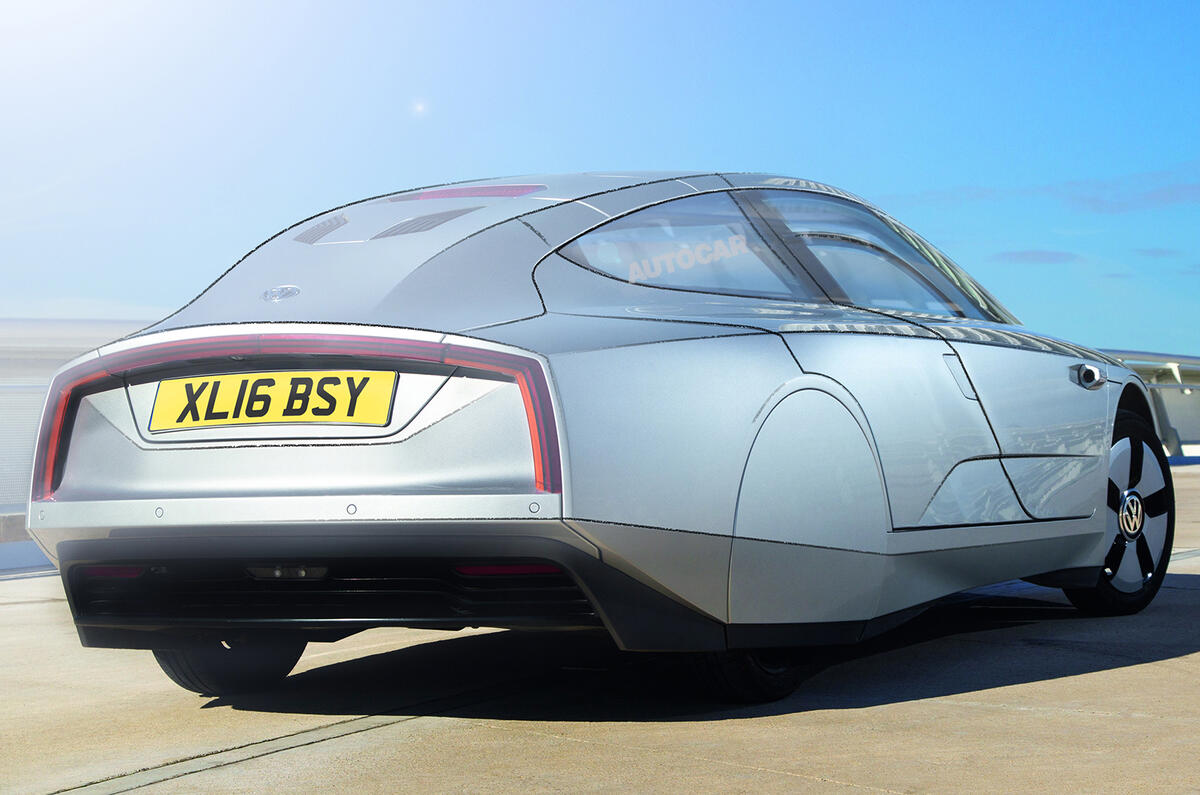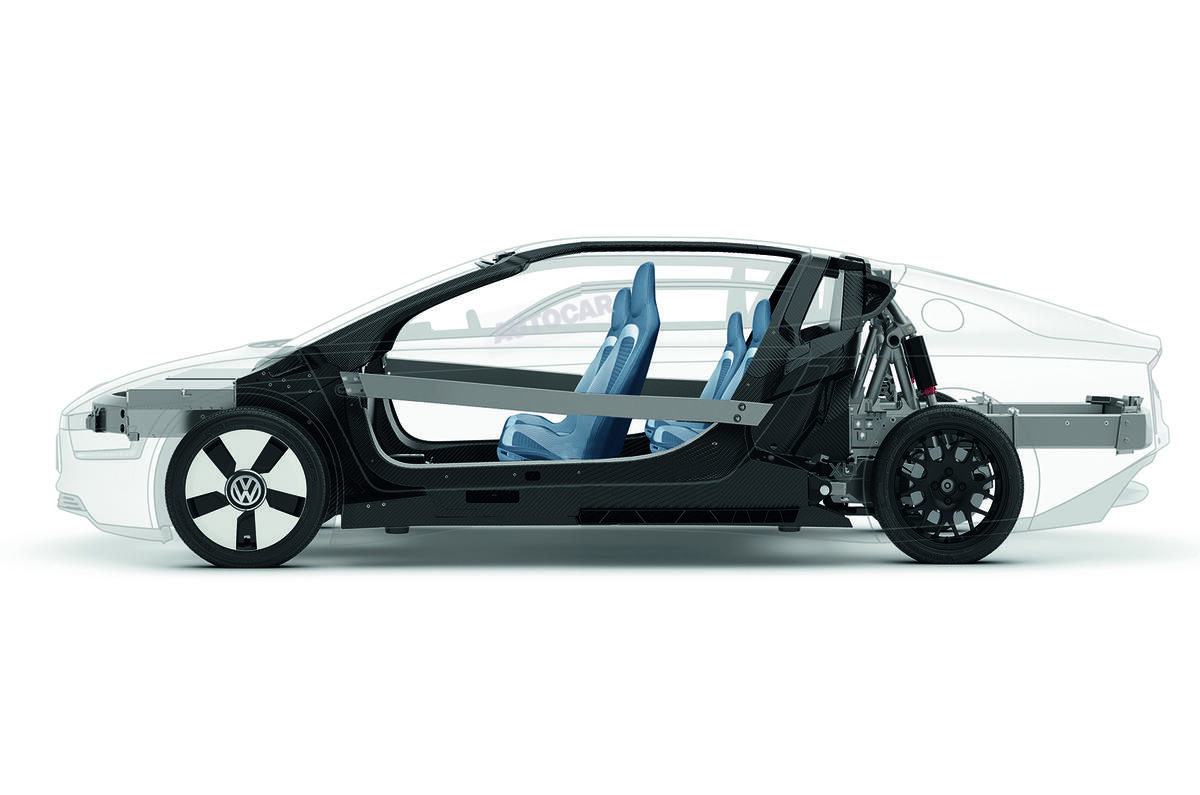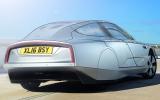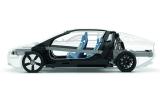Volkswagen has a four-seat version of its XL1 hybrid on the drawing board.
The current, two-door, two-seat model is in limited production, but Autocar understands that VW bosses are now considering building a second version that will accommodate four adults.
Ferdinand Piech, the chairman of the Volkswagen Group supervisory board, instigated the project to build a car that was capable of travelling 100km (62 miles) on one litre of fuel. That has culminated in the production version of the XL1, which is officially rated at 310mpg.
It is said that Piech is very keen to see VW remain at the cutting edge of what the company calls ‘super-efficient vehicles’ and wants to take the concept a step further, especially with the super-aero Honda FCV fuel-cell car set to go on sale at the start of 2015.
According to sources, much of the XL1 technology will be carried over into a new car – particularly the front and rear subframes and suspension and braking systems – although the central body structure would have to be totally rethought.
The XL1’s carbon tub would have to be replaced from scratch, but the staggered seating would remain because this is an essential element of keeping the car narrow and reducing its frontal area.
The new model – possibly called XL2 – would have to have two rear doors, which would most likely be rear-hinged like those on the BMW i3.
It is also likely that the current 800cc twin-cylinder diesel engine (which delivers 47bhp) and the electric motor (27bhp) would have to be upgraded with more power, although VW would aim to retain the same overall efficiency. The 5.5kWh lithium-ion battery would also probably be enlarged.
Today’s car weighs just 795kg. A further pair of bucket seats will add 80kg and the extended centre cell and extra doors another 50kg or so. The XL1’s electrical system (105kg) is likely to remain unchanged for the four-seater and the weight of the drivetrain (227kg) could rise because of a marginally bigger battery.
The whole car is likely to come in at about 940kg, making it only slightly lighter than a VW Up city car. However, increasing the length should marginally improve aerodynamic performance and further optimisation of the drivetrain should allow the car’s rating to remain at 310mpg.
Get the latest car news, reviews and galleries from Autocar direct to your inbox every week. Enter your email address below:







Join the debate
Add your comment
Yeah, right
i always think the same thing
Tatra
Two rear seats = 80kg?!